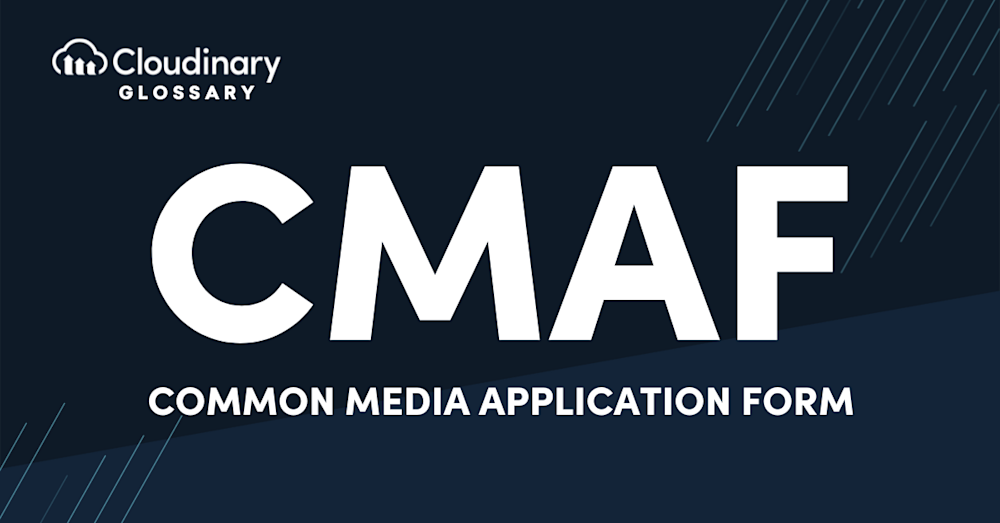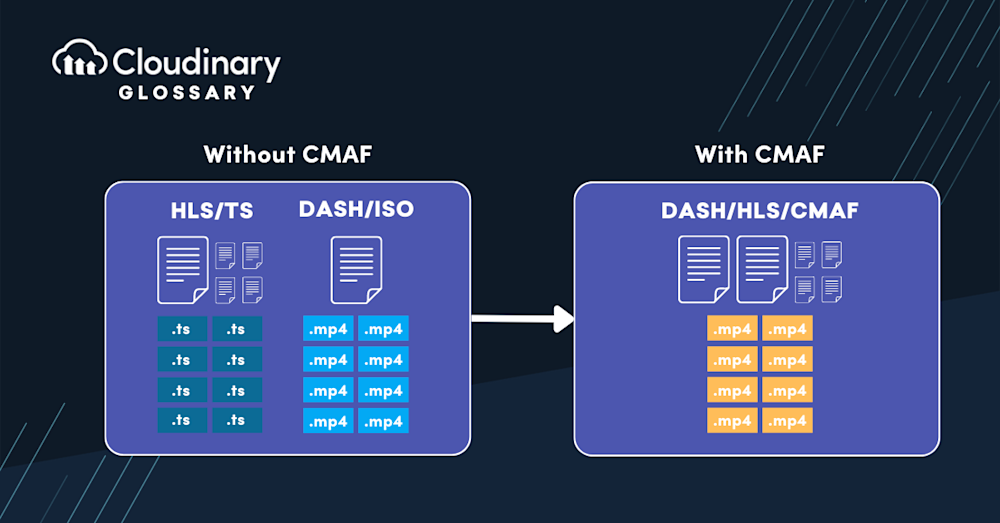What Is CMAF?
The Common Media Application Format (CMAF) is a new platform-independent streaming protocol for publishing interactive content on the Internet. Initially created to help replace Adobe Flash, CMAF was developed jointly by Apple and Microsoft to create a new standard. At its core, it’s a streaming protocol that can bundle multiple types of content into one file format, saving resources while delivering high-quality media.
CMAF does not specify any file format; it only defines an application format that can be used by different vendor products (i.e., Adobe Flash Player) without requiring them to implement their own proprietary file formats or data structures for representing interactive content in a common way.
How Does CMAF Work?
CMAF is not a sole file format but a container using the existing .mp4 file format. It utilizes both MPEG and HLS to help encode and decode video files, using “chunked encoding” and “chunked transfer encoding”. These methods break the video into smaller chunks of data in set durations, which keeps the stream running while still decoding.
CMAF also offers encryption and digital rights management (DRM). It supports multiple DRM services, such as PlayReady and WideVine, and encryption modes for critical files.
Key advantages of CMAF
CMAF aims to provide a common application format for developers to use across the web, regardless of the client platform. This allows them to build one piece of code that can run on any device running any browser or operating system – and this has been critical in supporting mobile devices like smartphones, tablets, and connected TVs over time without having to create separate versions for each device type.
CMAF and HLS
Both streaming processes are excellent for media streaming, but come with their own drawbacks. CMAF is the newer of the two, which means it’s not as widely supported as HLS. HLS also has a more developed ecosystem of tools and services, unlink it’s newer counterpart.
The biggest difference between these two protocols is support for Apple devices, such as iPhones and Apple TV. HLS is supported by default on all Apple devices, while CMAF requires third-party solutions to enable it.
Optimize Your Videos with Cloudinary
CMAF is still a new format and will continue to grow alongside other new protocols. It’s much easier for developers to implement CMAF because it requires no additional software beyond what they already use. It also offers better support for adaptive streaming than other formats because it allows multiple streams simultaneously instead of just a single stream.
And with Cloudinary, you can ensure your users get the best video possible. Also, you can dynamically encode and decode videos for any video on your platform. That way, your viewers always have the best viewing experience possible, saving your team the hassle of picking the best streaming methods.
If you want to get started with Cloudinary, you can sign up for a free account today!
Additional Resources You May Find Useful:




